Fall of Constantinople, May 29, 1453
If you’ve ever walked along the waterfront from Üsküdar to Salacak, you’re likely to have passed the number 1453 in big bright red letters. It commemorates the Fall of Constantinople because that was the year Mehmet II laid siege to the city now known as Istanbul. Constantinople was founded by the Roman Emperor Constantine I in 324 AD and was the capital of the Eastern Roman Empire, famous as the Byzantine Empire. For more than 1000 years the city and its inhabitants withstood attacks, sieges and internal rebellions. It owed its strength to a number of factors, most significantly to its location by the sea, the strength of its naval fleet and the formidable protection of the Theodosian Walls.
They were built by Theodosius II who reigned from 408 to 450 AD and stretched 6.5 kilometres from the Golden Horn to the Sea of Marmara on the far side of the peninsula. The walls were actually a triple row of fortifications, including a 20 metre wide ditch that could be flooded, an outer wall which allowed soldiers to look over the moat, a second wall and then massive third wall. This last line of defence was five metres thick, 12 metres high and had 96 towers from where troops could fire on the enemy.
Until Mehmet II came along this had been enough to hold back invaders. Unlike those who’d tried before, he came armed with cannons. They were constructed by a Hungarian engineer named Urban. Urban had actually offered them to the Byzantines first but they lacked the money to buy them. Mehmet realised their worth and purchased them for four times the asking price.
They were lined up outside the city walls on the second of April, 1453. The biggest was nine metres long and could fire a ball weighing 500 kilograms over a distance of one and a half kilometres. It had to be allowed to cool down before reloading, so could only be fired seven times a day. Nonetheless in combination with other cannons capable of firing 100 times a day, it was formidable. On April 5 Mehmet demanded the Byzantines surrender, but when he’d heard nothing by the next day the attack started.
For six weeks his troops fired at the walls and the Byzantines fought back. At one point Mehmet’s resources were challenged by revolts back in Asia Minor so he offered Constantine a deal. If he paid the tribute Mehmet would withdraw. Constantine knocked him back. Mehmet told his troops that if they took the city, they had carte blanche to do and take anything they liked from what was one of the richest cities in the world at the time.
May 29 dawned with a battle to end all battles and by the time the sun had set, the Fall of Constantinople was complete. The Byzantines had managed to defend themselves against the cannon fire, fight of the second rank troops and even the Janissaries, but were ultimately brought down by human error. One of the inhabitants of the city accidently left open a small gate in the land walls. When the Janissaries saw this they quickly slipped through and climbed to the top of the wall and raised.
Once in Ottoman hands, the troops ran wild, pillaging and plundering the city. When Mehmet entered the city late in the afternoon he called an end to the destruction. He announced the Hagia Sophia was to be converted into a mosque, the final step in the Fall of Constantinople. At age 21, Fatih Sultan Mehmet become known as Mehmet the Conqueror and went on to rule the Ottoman Empire for the next 28 years.
I hope you enjoyed this post about the Fall of Constantinople.
*****************************
Planning to come to Istanbul or Turkey? Here are my helpful tips for planning your trip.
For FLIGHTS I like to use Kiwi.com.
Don’t pay extra for an E-VISA. Here’s my post on everything to know before you take off.
However E-SIM are the way to go to stay connected with a local phone number and mobile data on the go. Airalo is easy to use and affordable.
Even if I never claim on it, I always take out TRAVEL INSURANCE. I recommend Visitors Coverage.
I’m a big advocate of public transport, but know it’s not suitable for everyone all the time. When I need to be picked up from or get to Istanbul Airport or Sabiha Gokcen Airport, I use one of these GetYourGuide website AIRPORT TRANSFERS.
ACCOMMODATION: When I want to find a place to stay I use Booking.com.
CITY TOURS & DAY TRIPS: Let me guide you around Kadikoy with my audio walking tour Stepping back through Chalcedon or venture further afield with my bespoke guidebook Istanbul 50 Unsung Places. I know you’ll love visiting the lesser-known sites I’ve included. It’s based on using public transport as much as possible so you won’t be adding too much to your carbon footprint. Then read about what you’ve seen and experienced in my three essay collections and memoir about moving to Istanbul permanently.
Browse the GetYourGuide website or Viator to find even more ways to experience Istanbul and Turkey with food tours, visits to the old city, evening Bosphorus cruises and more!
However you travel, stay safe and have fun! Iyi yolculuklar.
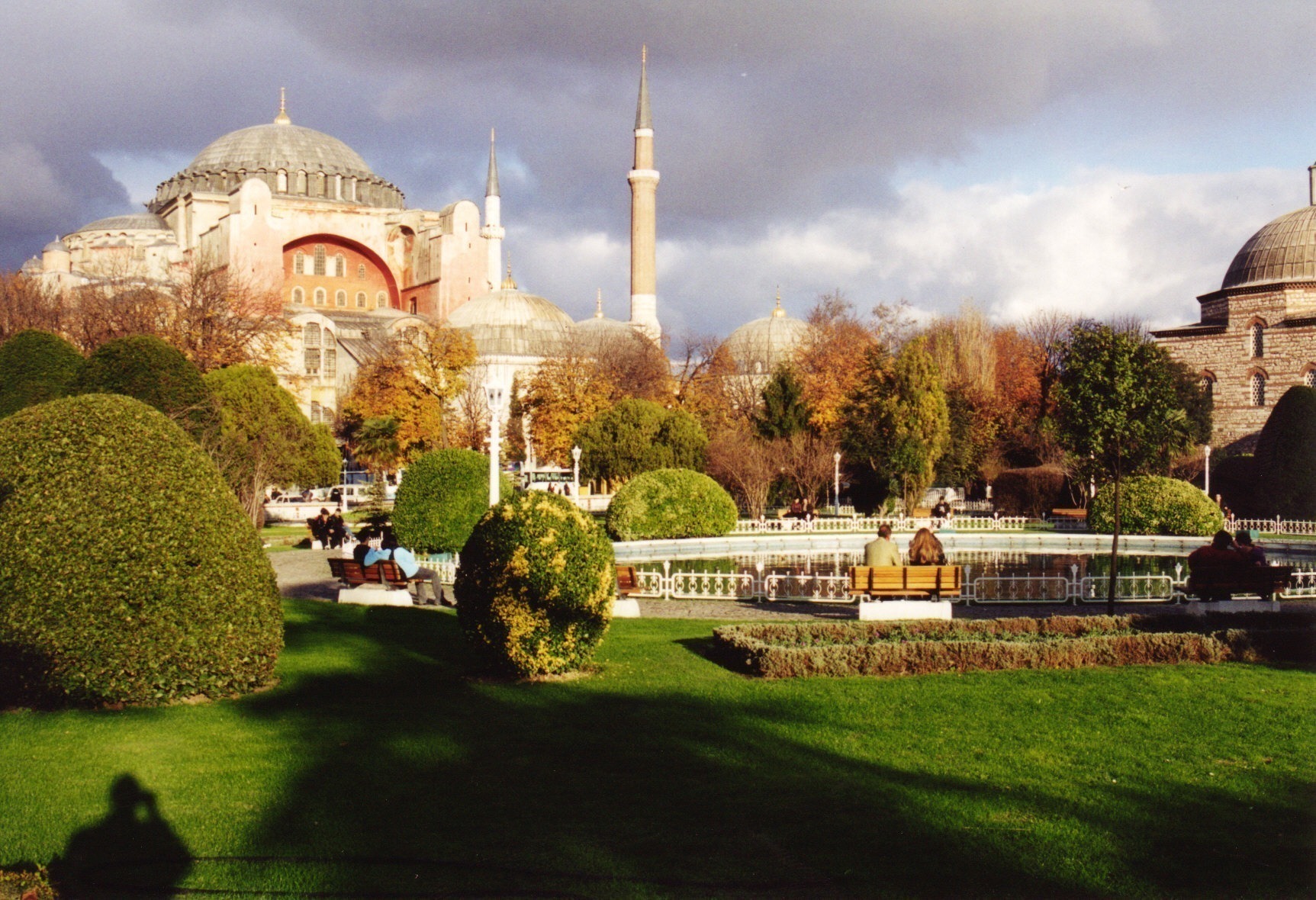
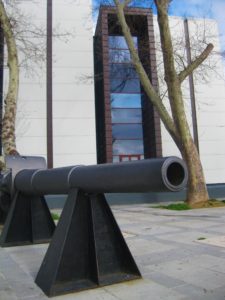
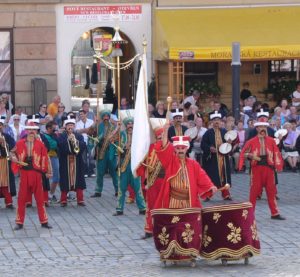
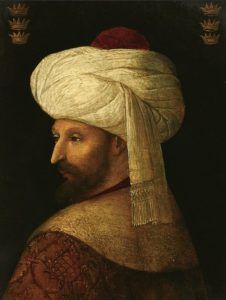
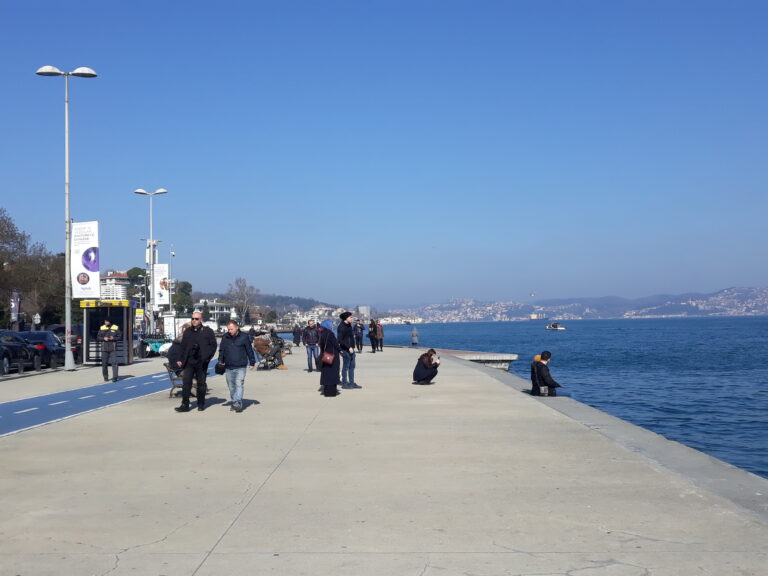
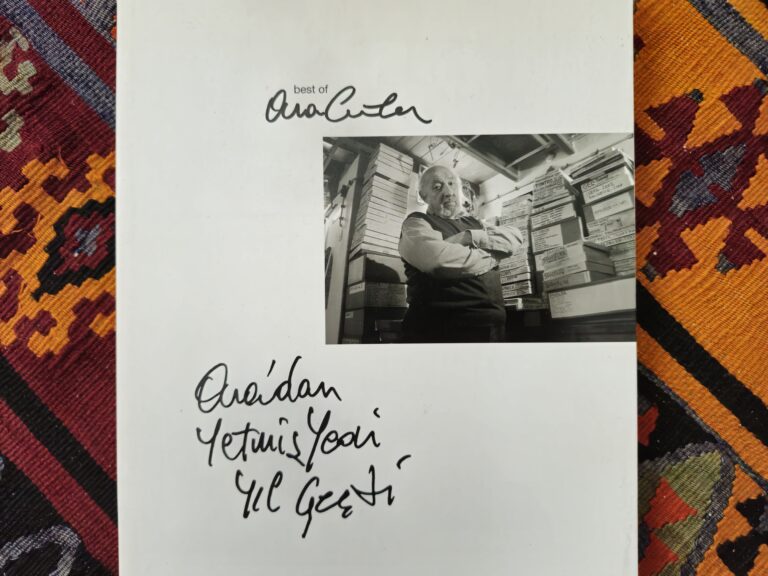
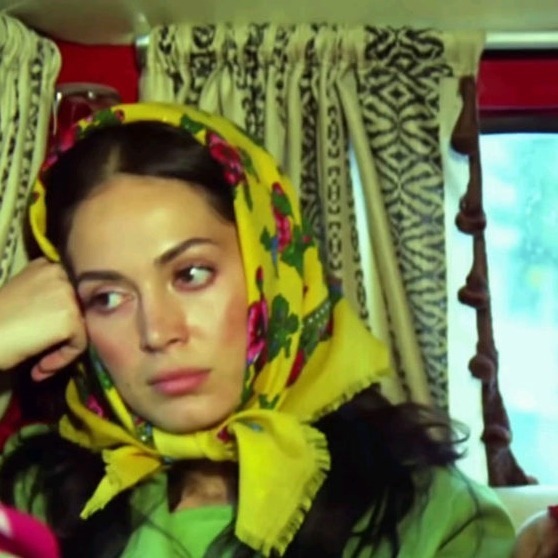
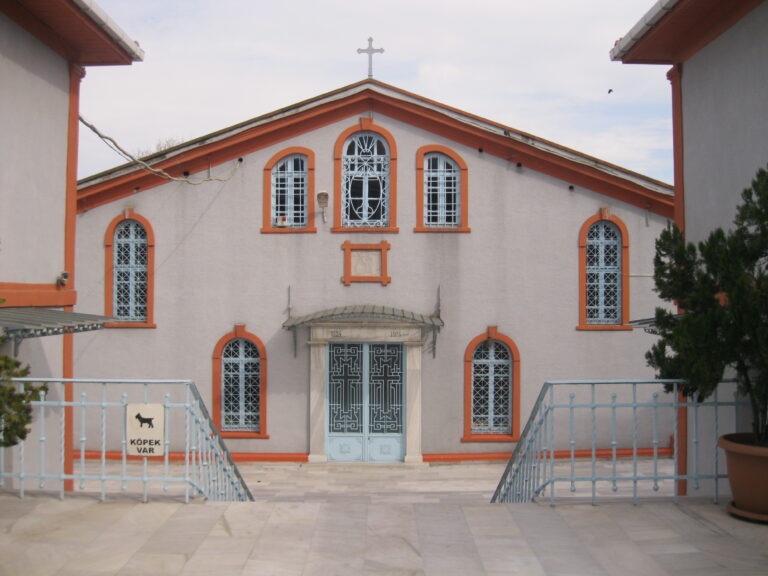
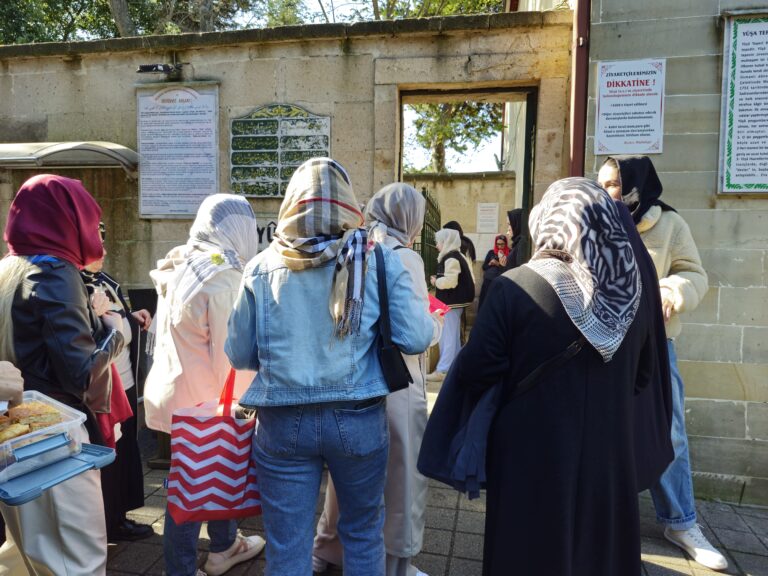
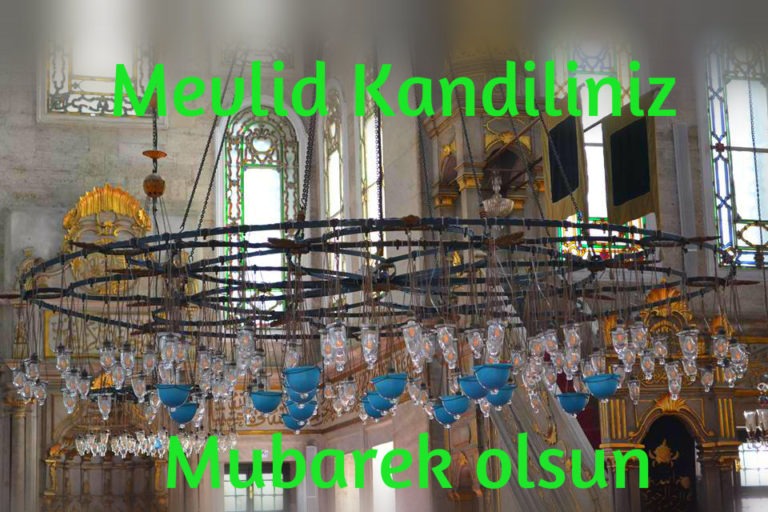
Thank you for sharing this piece of history.
My pleasure. If you haven’t already done so, you can subscribe to my blog (it’s free) by entering your email address in the subscription field on the RHS of the page. You’ll receive my latest posts direct to your inbox.